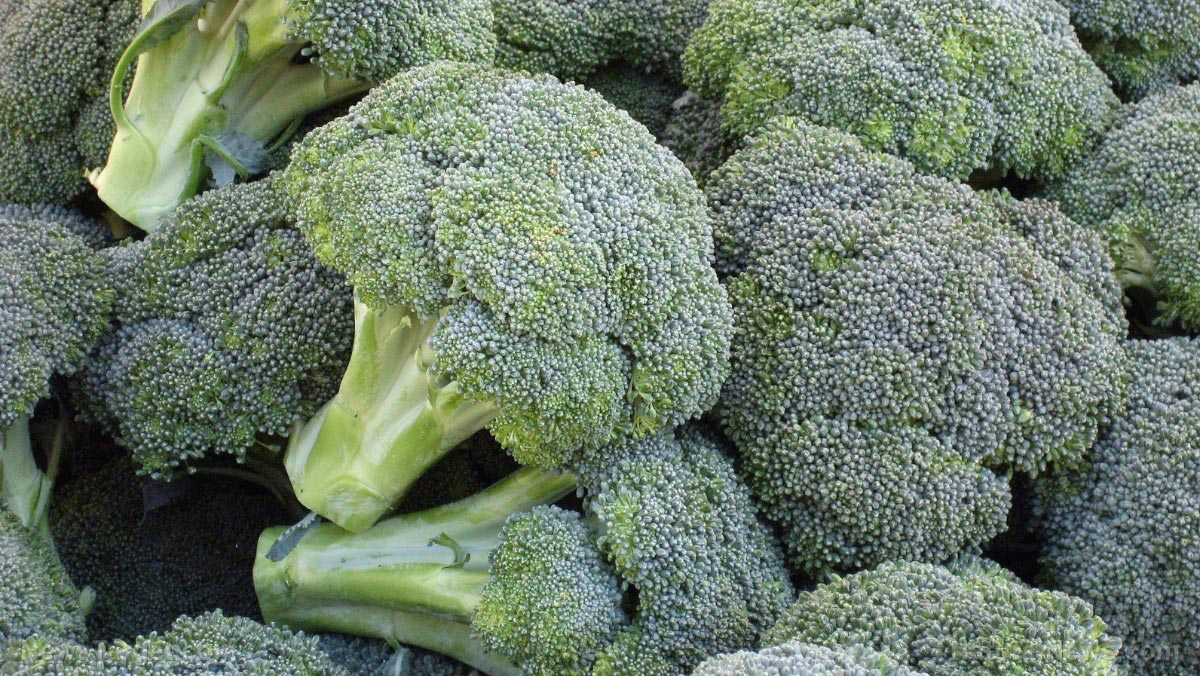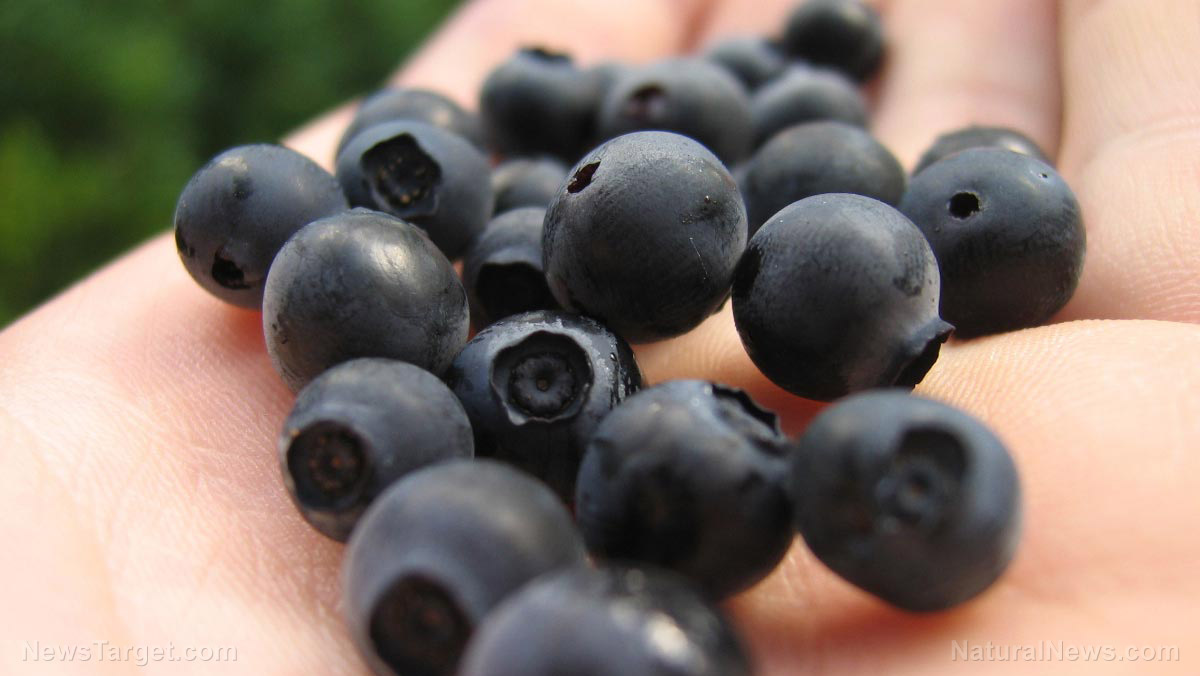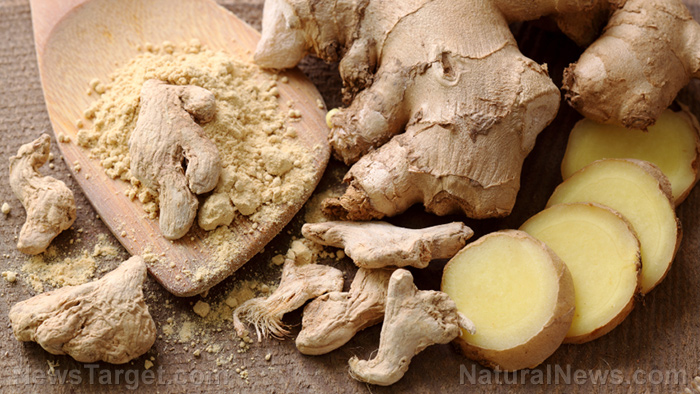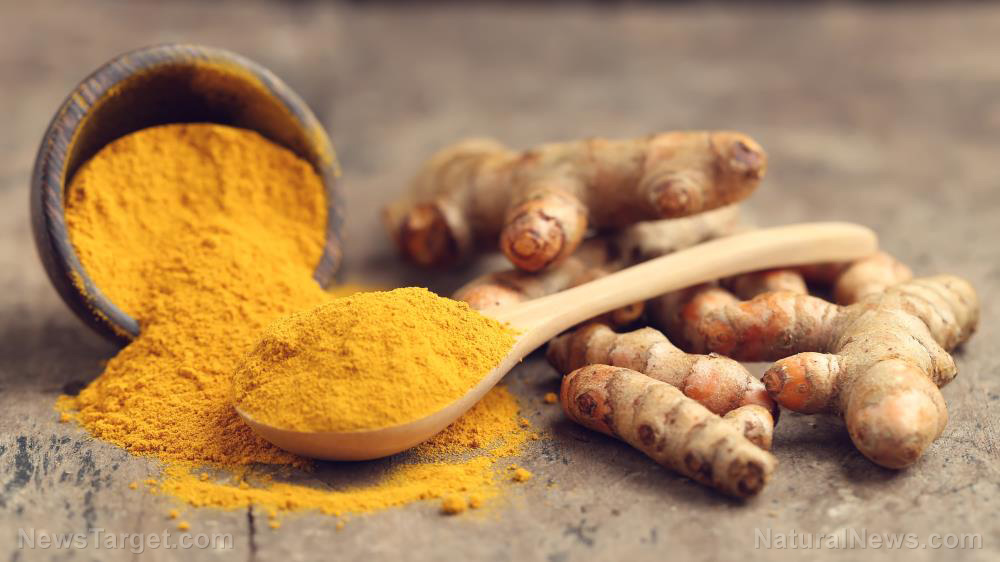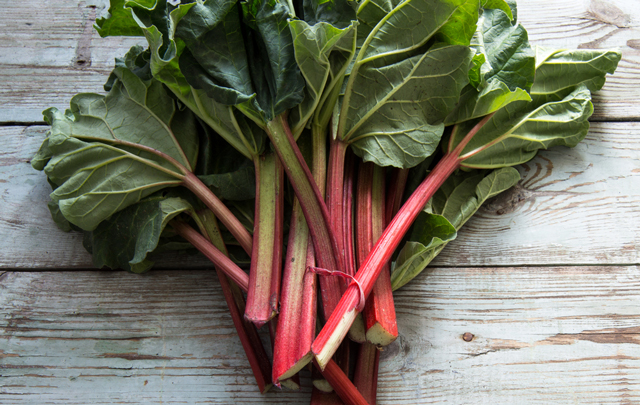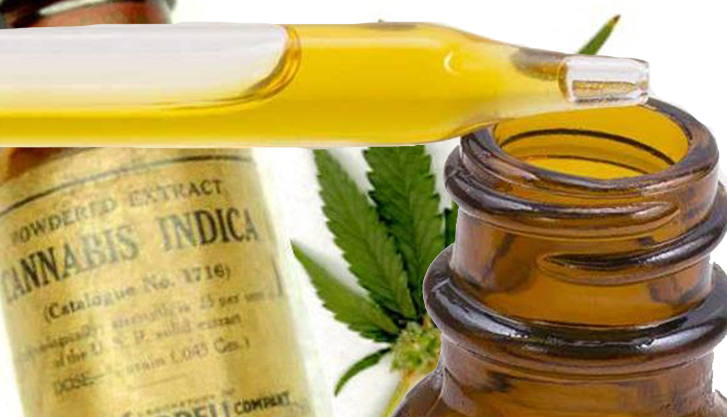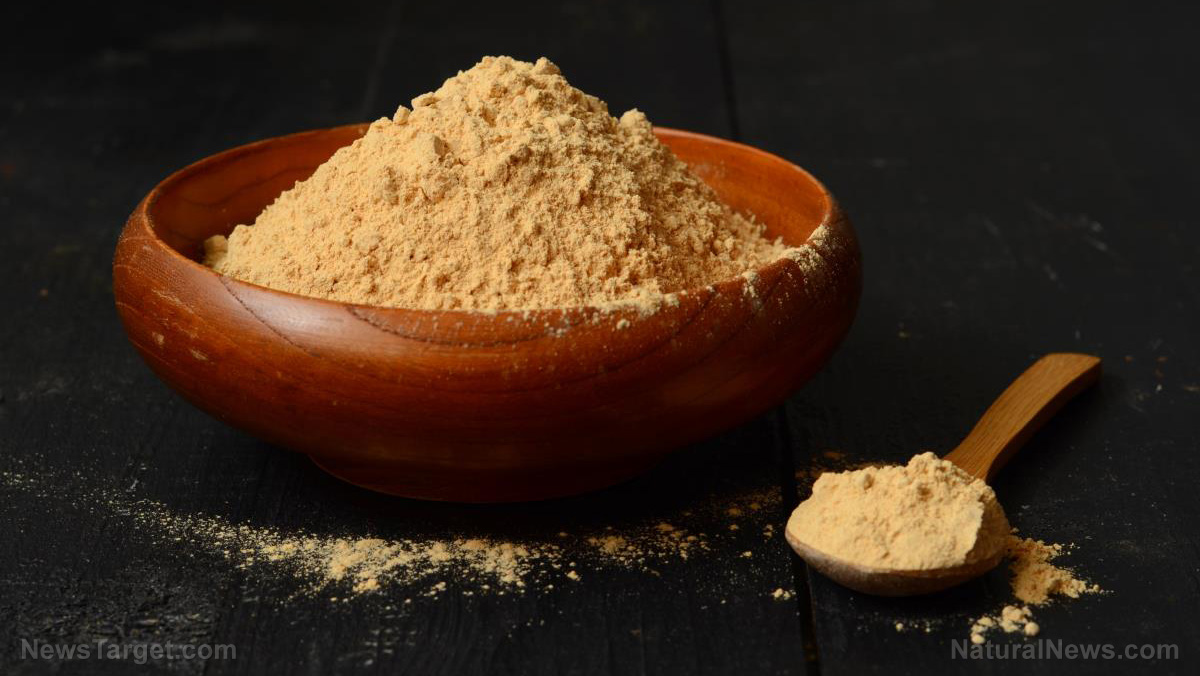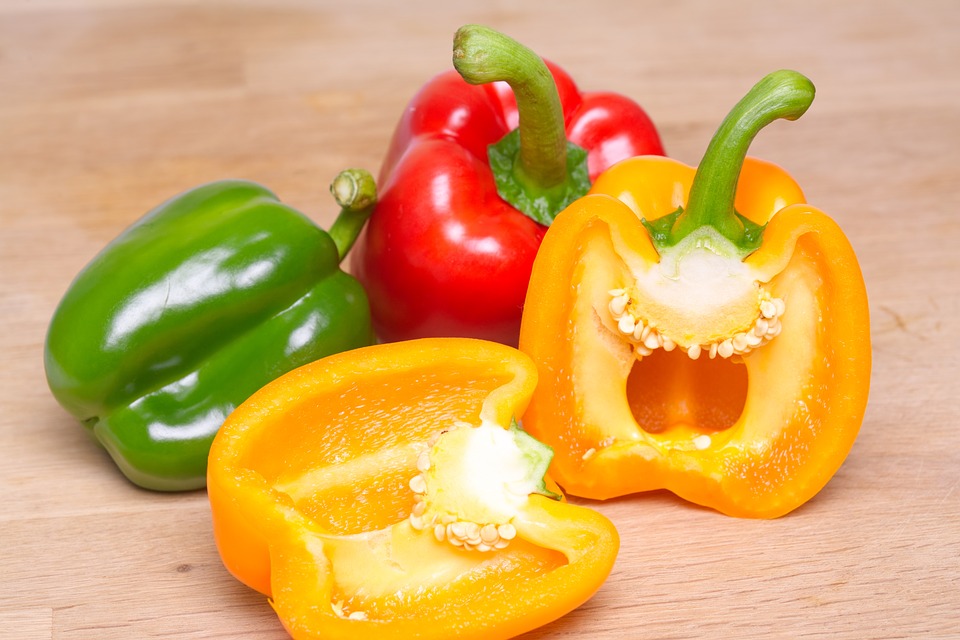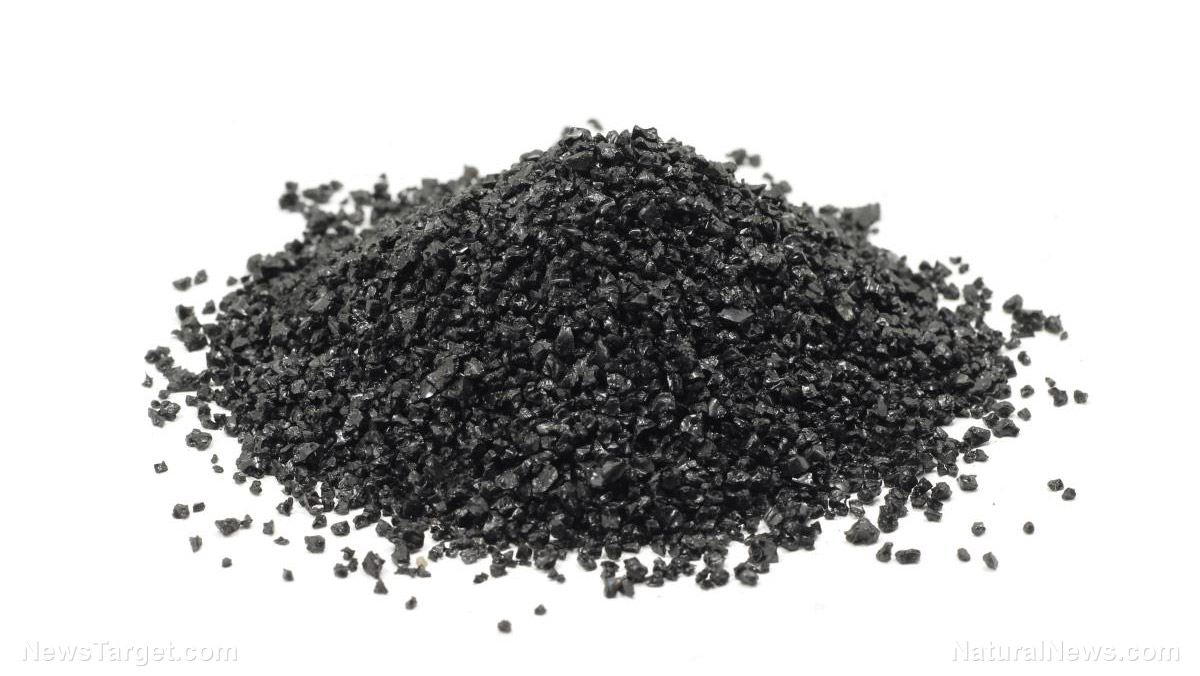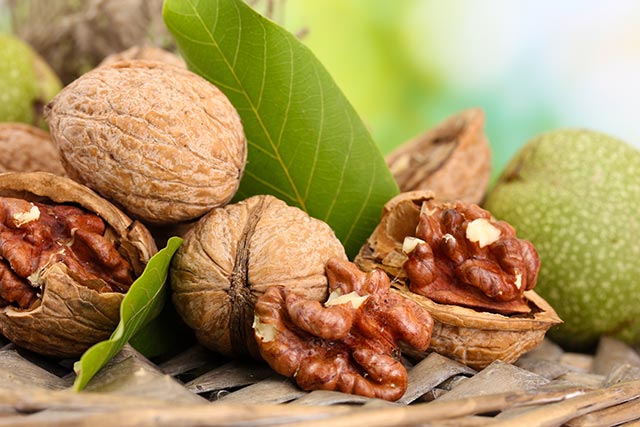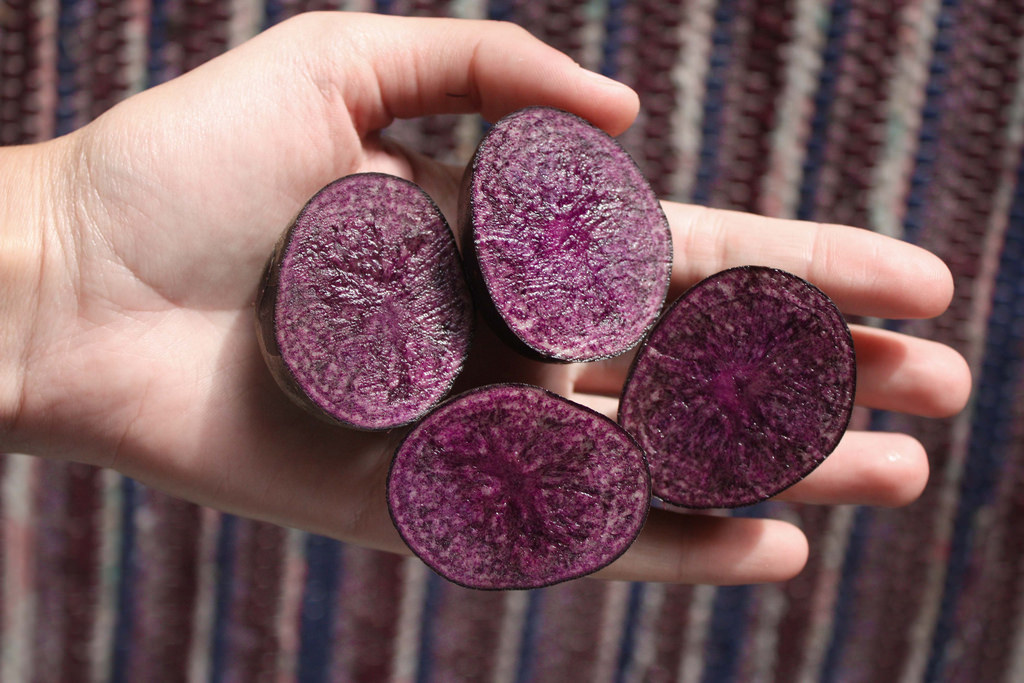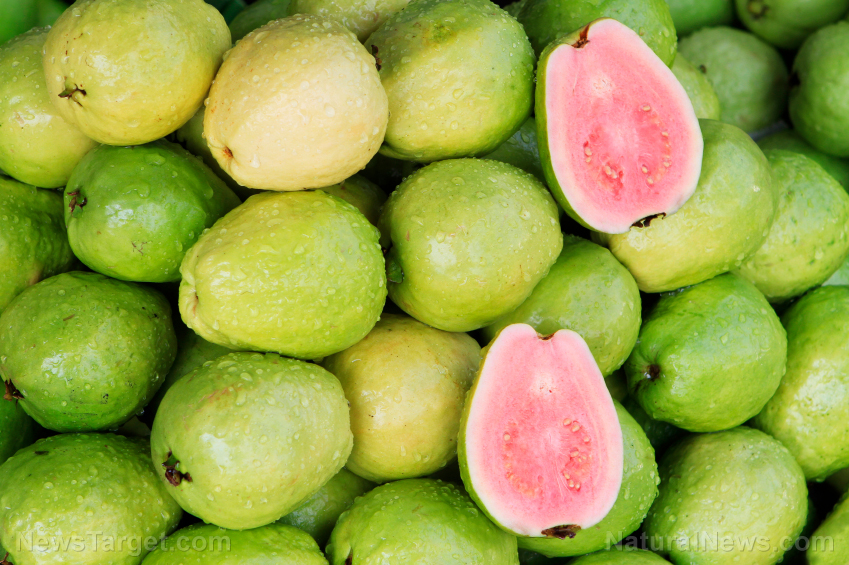The herbal medicines of Ecuador: Plants used in local traditional medicine are safe and effective, and still in use today
09/29/2018 / By Janine Acero
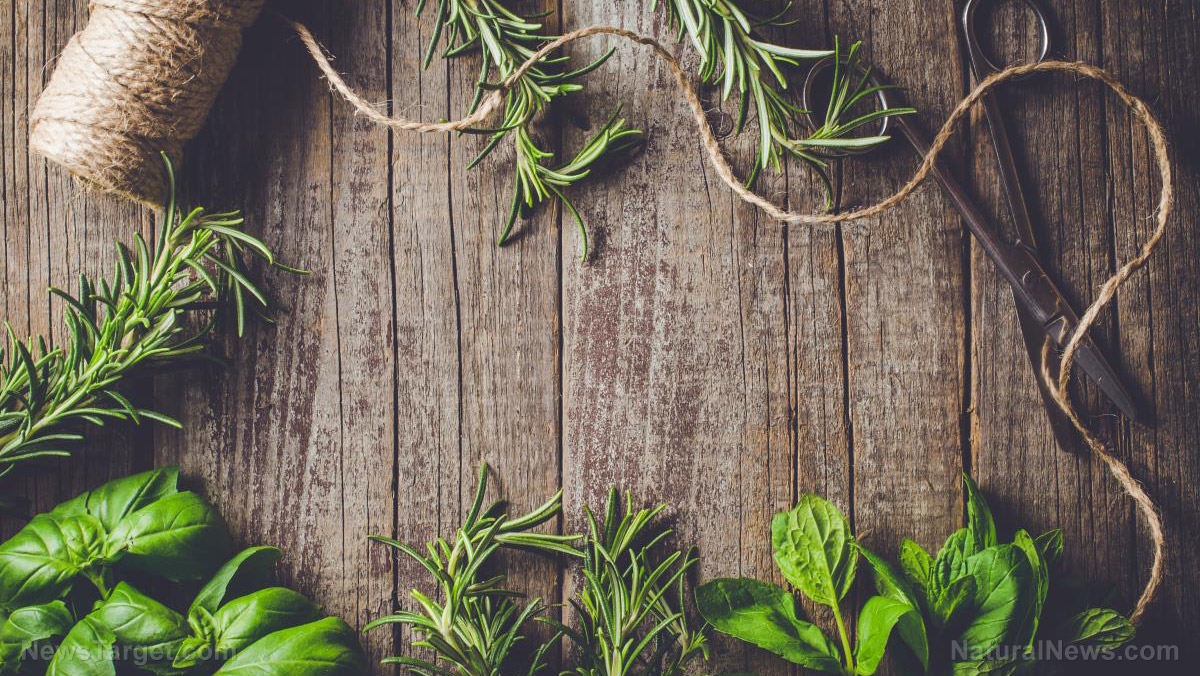
A new study explored the different medicinal plants used for traditional healing by the ancestral healers of Chimborazo, Ecuador. The study focused on the 10 most used herbal plants by generation after generation of traditional healers.
The study titled Medicinal plants used in traditional herbal medicine in the province of Chimborazo, Ecuador was conducted by researchers from the Temple University in Philadelphia, and Universidad Nacional de Chimborazo in Riobamba, Ecuador, who looked into a variety of traditional healing plants used by the ancestral healers in the Chimborazo province. The team focused on the curative properties of these plants to treat different illnesses and other medicinal uses and found that 10 plants have been consistently mentioned by the traditional healers for their prevalence in healing purposes.
For this study, the research team interviewed 84 out of 503 traditional healers registered in Chimborazo in 2012, taking note of such variables like the names of the plants frequently mentioned by the healers; the diseases they cured; the origin of the plants; and the parts of the plants commonly used for medicinal purposes. The survey showed that there are more women healers (66.7 percent) who used medicinal plants than men (33.3 percent), with the following 10 plants most frequently mentioned by the healers:
- Chamomile (Matricaria chamomilla) – The therapeutic effects of chamomile are due to the activity of their flavonoids with antioxidant properties. It has been used for centuries as one of the most widely consumed herbal tea, which helps with many common ailments such as fever, colds, stomach aches, and even rheumatic problems.
- Stinging nettle (Urtica dioica) – The stinging nettle is the second most prevalent medicinal plant employed by the traditional healers of Chimborazo. It offers numerous health benefits, from skin care to bone and heart health. The stinging nettle is a diuretic; it detoxifies the body and stimulates activity in the lymphatic system, getting rid of excess toxins. Additionally, the stinging nettle has anti-inflammatory activity, soothes menstrual and menopausal symptoms, improves overall circulation and reduces nausea and diarrhea, among others.
- Ragweed (Ambrosia) – Ragweed pollen may be an allergen, but the plant itself has its share of medicinal benefits. It can be used as an astringent, antiseptic, emetic, and emollient, and even reduces fever. Its root has been used as a laxative tea, and can also relieve nausea and menstrual discomfort.
- Rue (Ruta graveolens) – The essential oil extracted from rue has been used for a variety of healing purposes, such as skin treatment from inflammation and fungal infections. Like most herbs, rue has calming properties, which can combat stress and anxiety. Moreover, rue is an excellent insect repellent in the form of incense sticks or added to vaporizers and sprays.
- Eucalyptus – While its poisonous reputation may look discouraging; the eucalyptus offers a range of health benefits. Its leaves are known to relieve a sore throat, sinusitis, and bronchitis when used in a gargle solution. Also, eucalyptus oil vapor can act as a decongestant when inhaled and can soothe colds and bronchitis.
- Broadleaf plantain (Plantago major) – Besides its anti-inflammatory, antimicrobial and analgesic properties, it can soothe insect bites and superficial wounds, prevent infections and accelerate healing. It’s also useful in treating colds and diarrhea due to its astringent property. Its leaves can also be added to salads for an extra boost in calcium and vitamin K.
- Feverfew (Tanacetum parthenium) – This pretty herb is a species of chrysanthemum and is mainly used to provide relief for various aches and pains, thanks to its anti-inflammatory activity. It relieves migraine symptoms, menstrual cramps, nerve pain, and arthritis, among others.
- Borage (Borago officinalis) – Borage is another well-known plant used in Chimborazo for treating sore throat and cough. Previous studies have also looked into the efficacy of borage extract against persistent asthma.
- Field horsetail (Equisetum arvense) – The common horsetail has been used in traditional medicine to treat different inflammatory disorders. Extract derived from this herb is known to have strong anti-inflammation activity.
- Mallow (Malva sylvestris) – The common mallow also has strong anti-inflammatory properties used for pain relief and accelerated healing.
Mother Nature's micronutrient secret: Organic Broccoli Sprout Capsules now available, delivering 280mg of high-density nutrition, including the extraordinary "sulforaphane" and "glucosinolate" nutrients found only in cruciferous healing foods. Every lot laboratory tested. See availability here.
These medicinal plants have been used for centuries to cure illnesses such as stomach ache, body pain, sore throat and cough, fever, inflammation, bleeding and injuries, and for body purification and cleansing the body of negative energy.
The practice of using medicinal plants in traditional healing has been passed down from generation to generation for centuries. Through the study, the researchers confirmed that native Ecuadorians have a vast variety of traditional medicinal practices that are of great value to the people and a big part of their culture.
Sources include:
Tagged Under: alternative medicine, ancestral healers, chamomile, Chimborazo province, Ecuador, eucalyptus, herbal medicine, natural cures, natural remedies, pain relief, traditional healing

